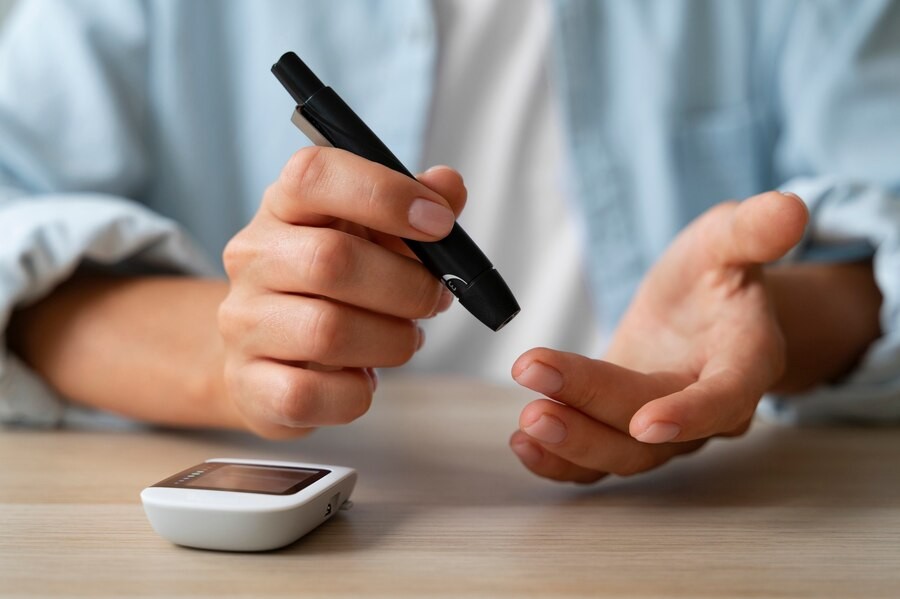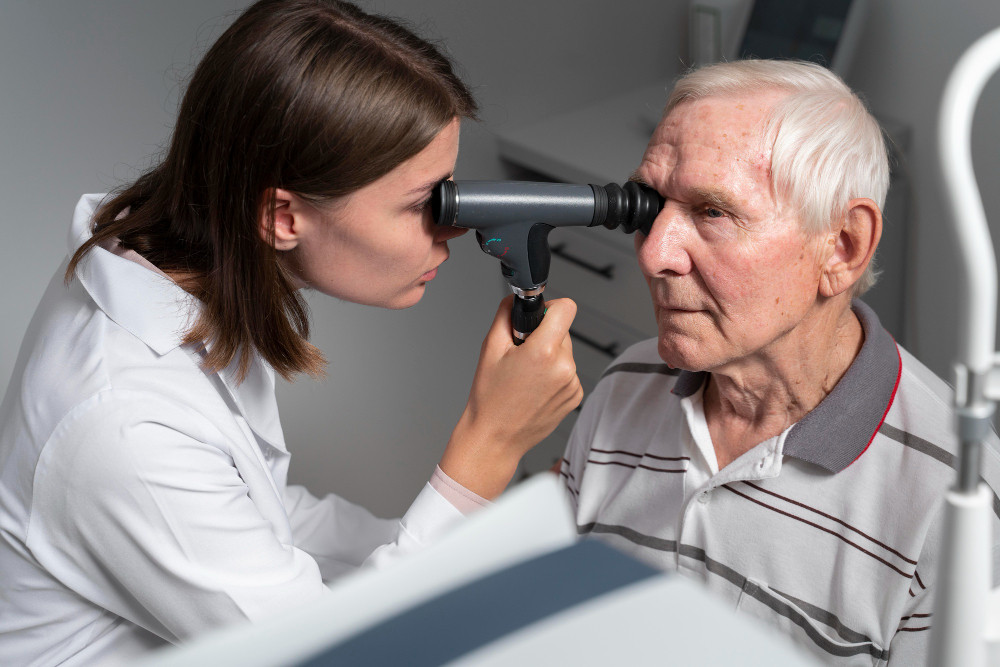Having a family member with type 1 diabetes can increase your risk of developing this condition. Although type 1 diabetes isn’t entirely hereditary, there is a genetic predisposition that can make some people more vulnerable.
In type 1 diabetes, the immune system mistakenly attacks and destroys the beta cells in the pancreas, which are responsible for producing insulin. Without enough insulin, the body struggles to regulate blood sugar levels effectively.
Key signs of type 1 diabetes
Type 1 diabetes can develop at any age, though it’s most commonly diagnosed in children, teenagers, or young adults. Recognizing the early symptoms is crucial for timely treatment and to prevent serious complications.
Here are the main signs to watch for:
Frequent urination
One of the earliest and most noticeable signs of type 1 diabetes is frequent urination. When the body doesn’t produce enough insulin, glucose can’t enter the cells to be used for energy, causing it to build up in the blood.
This buildup of glucose in the blood causes the kidneys to work overtime to filter out this excess glucose, which is expelled through urine. This process also pulls more water into the urine, leading to increased urine output and frequent trips to the bathroom.
Excessive thirst
Frequent urination can lead to significant fluid loss, which in turn causes dehydration. As a result, the body triggers intense thirst to replenish the lost fluids, making excessive thirst another common symptom.
Sudden weight loss
If the body does not have enough insulin to transport glucose into its cells, glucose will accumulate in the bloodstream. To reduce this accumulation, the kidneys excrete excess glucose through urine.
When the body loses glucose through urine, it begins to use fat and muscle for energy instead. This can cause sudden and unexplained weight loss, even if your eating habits remain unchanged.
Fatigue and weakness
A lack of insulin prevents glucose from entering the body's cells effectively. The body's cells need glucose to produce energy. Without enough glucose, the body cannot generate the necessary energy, leading to persistent fatigue and weakness.
Blurred vision
High blood sugar levels can change the composition of body fluids, including in the eye's lens. The lens of the eye contains lots of fluid and tissue, which can change shape and size when blood glucose levels are unstable, resulting in blurred vision.
Wounds that are difficult to heal
Elevated blood glucose levels can impair the body's ability to fight infections and heal wounds. Excess glucose in the blood can damage immune cells, reducing their ability to fight infections.
Diabetes can damage blood vessels, limiting blood flow to injured areas of the body. Poor blood flow reduces the supply of oxygen and nutrients, slowing the healing process.
If you or someone you know is experiencing these symptoms, it’s important to seek medical advice as soon as possible. A healthcare professional can perform the necessary tests, provide a diagnosis, and recommend a treatment plan that may include insulin therapy and regular blood sugar monitoring.
Do you have questions about type 1 diabetes? You can make use of the consultation features that are available in the Ai Care application by downloading the Ai Care application from the App Store or Play Store.
Looking for more information about other diseases? Click here!
- dr Nadia Opmalina
Cleveland Clinic (2022). Type 1 Diabetes. Available from: https://my.clevelandclinic.org/health/diseases/21500-type-1-diabetes
WHO. Diabetes. Available from: https://www.who.int/health-topics/diabetes
Mayo Clinic (2024). Type 1 diabetes. Available from: https://www.mayoclinic.org/diseases-conditions/type-1-diabetes/symptoms-causes/syc-20353011
Diabetes UK (2023). What Causes Type 1 Diabetes. Available from: https://www.diabetes.org.uk/diabetes-the-basics/types-of-diabetes/type-1/causes
Kim Painter and Paige Fowler (2024). Polyuria (Excessive Urine Production). Available from: https://www.webmd.com/diabetes/polyuria-too-much-urine
Mayo Clinic (2022). Acanthosis nigricans. Available from: https://www.mayoclinic.org/diseases-conditions/acanthosis-nigricans/symptoms-causes/syc-20368983












